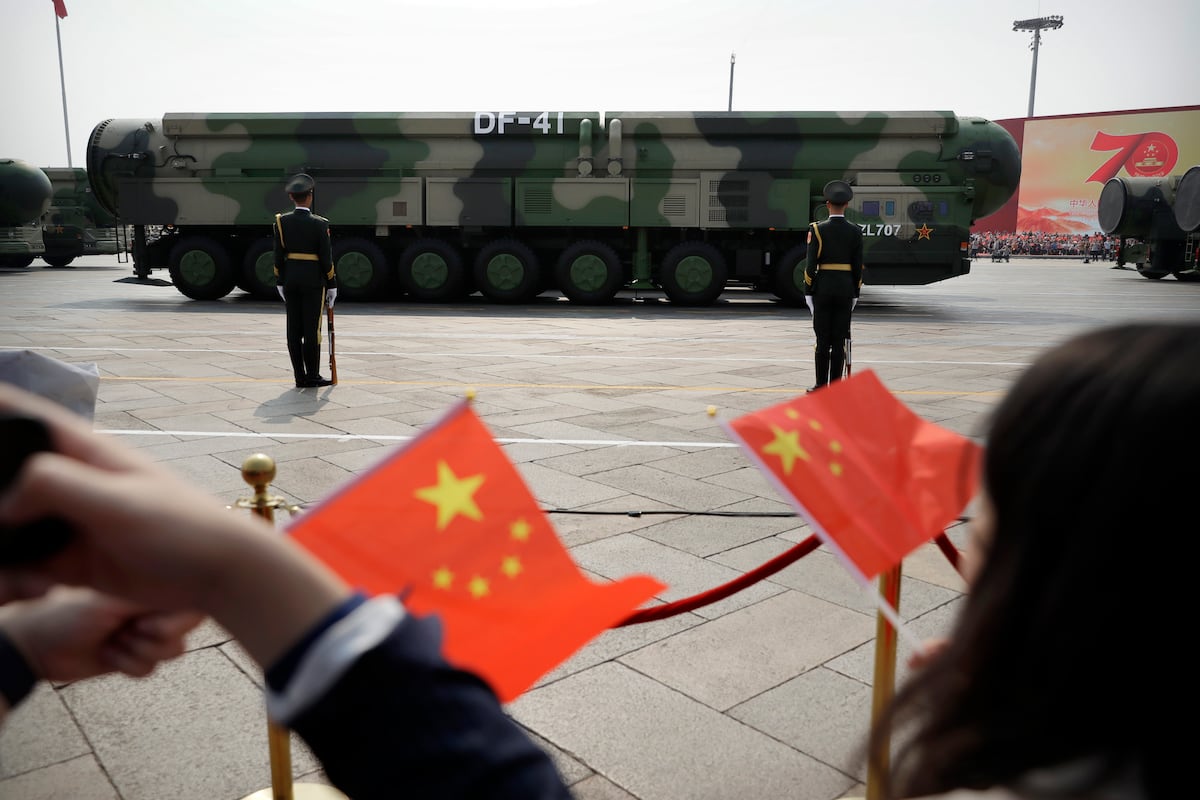Air Force’s 10-Year Fighter Jet Strategy Faces Scrutiny
A recently submitted report to Congress outlining the Air Force’s decade-long fighter jet strategy has raised significant concerns among defense analysts regarding its comprehensiveness and transparency.
Overview of the Air Force’s Proposal
The 24-page document reflects Secretary of the Air Force Troy Meink’s endorsement of the interim defense strategy, which prioritizes:
- Homeland Defense
- Deterrent Capabilities
- Decisive Airpower Projection
The report articulates an ambitious target of nearly 1,400 tactical aircraft by 2030. However, it acknowledges a lack of “total obligation authority” for ordering these assets and points to “industry production limitations” that could hinder the Air Force’s ability to fulfill global force requirements. Furthermore, the Air Force asserts that it needs a total of 1,558 manned tactical aircraft to minimize resource-related risks in combat operations.
Assessment of Feasibility
Todd Harrison, a defense budget analyst at the American Enterprise Institute, highlighted the report’s deficiencies. He noted the absence of critical insights from the Future Years Defense Program (FYDP), which outlines the Pentagon’s fiscal planning over five years. Harrison remarked:
- “The report lacks concrete data tables that would illustrate future force plans.”
- “It does not even incorporate the FYDP projects.”
Timeline and Legislative Mandates
The long-term strategy was mandated by the 2025 National Defense Authorization Act, and the initial report was overdue by six months. Subsequent versions are required annually until 2029.
Shortcomings in Numbers
Experts are questioning whether the estimated number of combat aircraft is sufficient. Retired Air Force Lt. Gen. Dave Deptula, now with the Mitchell Institute, criticized the report, suggesting that the numbers proposed are markedly inadequate for addressing current national security demands. According to Deptula:
- “The Air Force requires enhanced budgetary support from both the administration and Congress to reverse its current unfavorable trajectory.”
- “The report is approximately 25-30% short of what is necessary to fulfill America’s security objectives.”
Aircraft Retirement and Modernization Plans
The report includes visual data showing a decline in A-10, F-15C/D, and F-15E aircraft numbers, while maintaining existing F-16 and F-22 counts over the next five years. Key aspects include:
- A-10 Warthog: Continued retirements, with funding for operations expected to cease by next September.
- F-15E Aircraft: Plans to retire older aircraft while retaining those with updated Pratt & Whitney F100-PW-229 engines.
- F-15C and D Jets: Phased out as new F-15EXs enter service; production is projected to reach 24 units by fiscal year 2027.
The Block 40 and Block 50 configurations of the F-16s will receive significant upgrades, including:
- Active Electronically Scanned Array radars.
- Multifunctional Information Distribution System Joint Tactical Radio Systems.
- Integrated Viper Electronic Warfare Suites.
F-22 Block 30s and 35s are set for comprehensive modernization efforts, while older Block 20s are slated for retirement.
F-35 Acquisition and Associated Risks
Acquiring additional F-35s is identified as a top priority, yet the report notes significant risks associated with funding constraints and delays in industry deliveries. The Government Accountability Office recently emphasized that Lockheed Martin has received incentive fees for F-35 deliveries even when late.
Future Projects: F-47 and Collaboration Initiatives
The report categorizes the F-47 and collaborative combat aircraft prototypes as critical to the Air Force’s modernization agenda, with the F-47 expected to conduct its inaugural flight by 2028.
Ongoing Challenges in Strategic Adaptation
The report acknowledges the “complexity” involved in adapting to the administration’s evolving defense strategy. It emphasizes the necessity for the Air Force to balance various critical missions, including:
- Homeland defense
- Forward posturing and deterrence
- Contingency responses
- Modernization and aircrew training
These missions must be navigated within the confines of limited resources, complicating the fulfillment of necessary force structure demands.
By aligning its existing power-projection programs with the administration’s national-security objectives, the Air Force seeks to enhance its standing, particularly in the Western Hemisphere.
In summary, as the Air Force navigates the intricacies of its proposed fighter jet strategy, scrutiny from defense professionals remains paramount to ensure that the United States can effectively meet contemporary and future security challenges.





